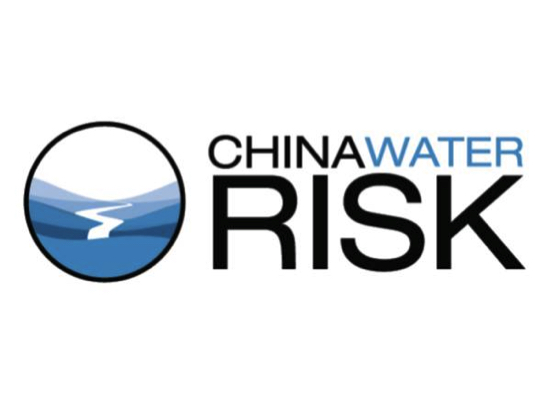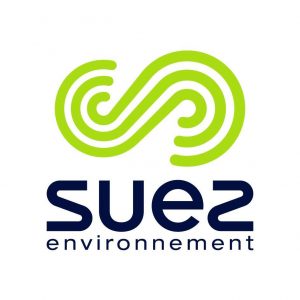Primary Functions
- Understand how to incorporate water risks through various valuation methodologies.
Detailed Description
Over 70 investment professionals/asset owners across various asset types (“Investors”) from more than 50 financial institutions/funds provided feedback on various water risk valuation approaches. We found that although 45% of the Investors are providing feedback on an anonymous basis because they are looking for ways to embed water risks in valuation models, 61% to 90% of them had “never heard of” the tools available, be they shadow pricing, mapping, disclosure or relating to the management of water risks. That said, at the end of the exercise, almost half of them said they would use the existing tools to quantify water risks. It is worth noting here that only 23% of the Investors were SRI focused.
Three valuation approaches showcased in this report are: (1) shadow pricing’s impact on P&L; (2) balance sheet exposure to water stress; and (3) regulatory risks & compliance costs. Shadow pricing and mapping tools were thus applied to 10 listed energy majors operating in China: five in coal mining (Coal-5) and five in power generation (Power-5). Although primarily operating in China, these 10 companies are listed across four exchanges: Hong Kong, Shanghai, London and New York.
It should be noted here that the purpose of this report is not to provide stock recommendations but to serve as a base for discussion on how to incorporate water risks through various valuation methodologies. We therefore used publicly available information only and did not engage directly with these companies so as not to bias the results.
The results from these three water risk valuation approaches for these two peer groups were discussed with the Investors. It turns out that regulatory risk is the #1 Investor concern. They view this risk to be tangible, material and immediate. Indeed, 73% of Investors view the cost of compliance to tighter water regulations as material with the rest saying it depends on enforcement.





